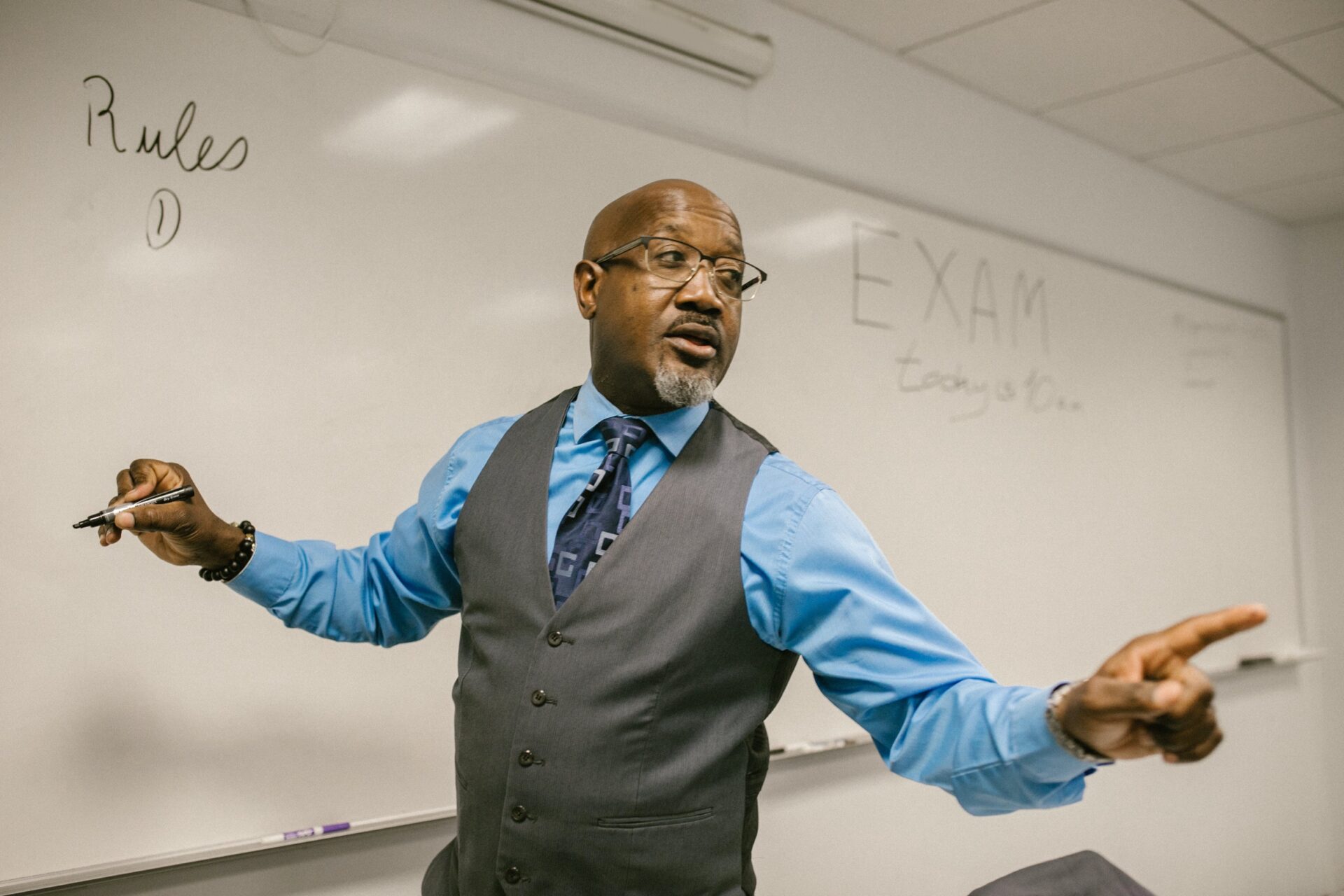Wayne State Honors African American Studies Department

by Daniel Johnson
April 14, 2024
The protest involved a number of students taking over the Helen Newberry Joy Library which led to the creation the Department of African-American Studies at the university.
On April 12, Wayne State University honored the creation of its Department of African American Studies and the protests that birthed it. A day after honoring the students who participated in the 1989 study-in, the university sponsored a luncheon that celebrated the 10-day protest.
As Today At Wayne reports, the protest involved a number of students taking over the Helen Newberry Joy Library, this helped to rally the city behind the students’ cause and eventually helped to create the Department of African-American Studies at the university.
The current chairperson of the Department of African-American Studies, Ollie Johnson, Ph.D., told the outlet that he is proud of the lineage created by the university’s department.
“Wayne State University has always been a university of opportunity,” Johnson said. “It’s been an institution that’s given access to higher education to working-class students, middle-class students, and poor students. As a result, many of the most outstanding professionals, leaders in the city of Detroit, Wayne County, Southeast Michigan and the state, have been Wayne State graduates. We are very proud of that.”
Johnson also pointed out that the university’s research has a broad reach, reaching not only beyond Michigan but also beyond the borders of the United States of America.
“For the last 35 years, the department has had some of the most important scholars in the world related to the Black experience,” Johnson explained. “We’ve had some of the most outstanding African scholars in politics, education and literature and some of the most outstanding scholars related to Caribbean politics and society. I always tell people, when I study Brazil, I see a lot of similarities to the African American political struggle and political experience.”
According to the university’s website, the department began as the Center for Black Studies following an initial protest for broader inclusion of Black students, faculty, staff, and courses in 1970. Nineteen years later, the 1989 demonstration led to the creation of the Department of Africana Studies, which later became the Department of African-American Studies in 2015.
As The South End, Wayne State University’s student newspaper, reported in 2016, Dr. Errol Henderson, an associate professor of political science at Pennsylvania State University, said the group he helped lead was inspired by protests in the City of Detroit and on campus in the 1960s and ’70s.
According to Henderson, the group of students was “compelled” to “do the things we did, and especially what we did in 1989.”
Henderson reflected on the protests and the sense of community they fostered, telling the outlet, “At that time, the coming together was beautiful,” Henderson said. “We had a lot of folks from the community that surrounded us, … to bring us food … these folks would come around and once they saw that we were there and we weren’t coming out, … that’s why we still have community among ourselves today.”
Johnson told Today At Wayne that the legacy of the school as it relates to Black activism is one that both he and the university should be proud of.
“We are a community institution. In the last 35 years, we have impacted a lot of students from Detroit and throughout the state. And we feel very good about that because these former students have gone on to be leaders in their own right.” Johnson said. “We’re equally proud of the tradition of activism that the university has and of the fact that the department has resulted from student activism. The university answered the call, responded positively to student demands and created a great institution in the city of Detroit.”
RELATED CONTENT: Stanford University Approves Department Of African and African-American Studies
